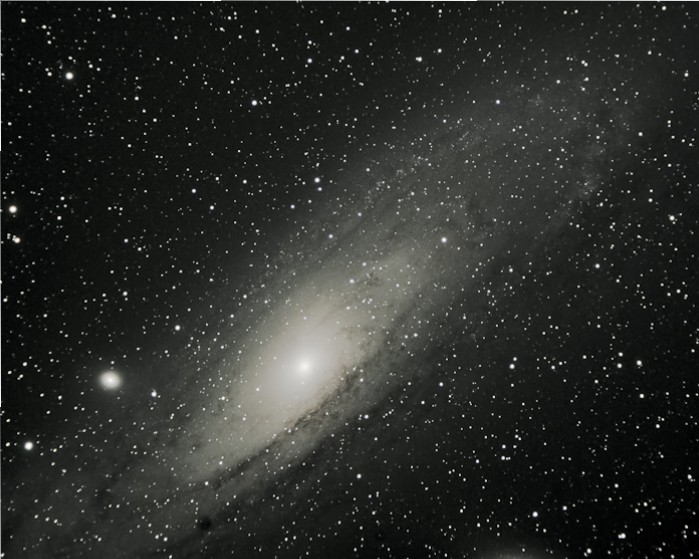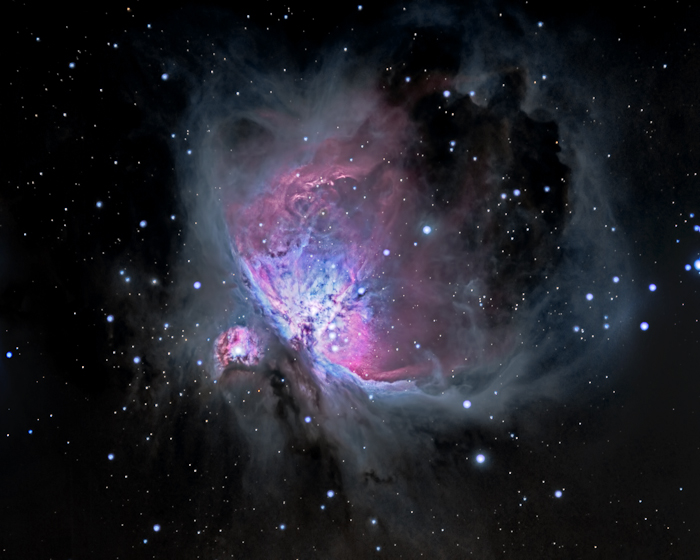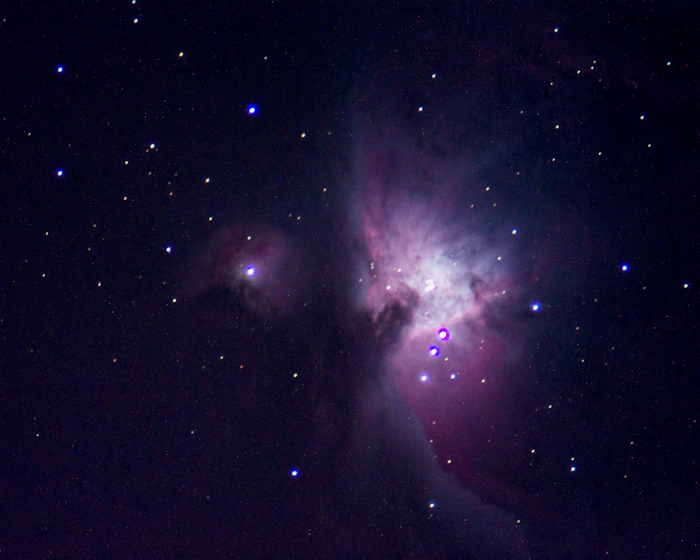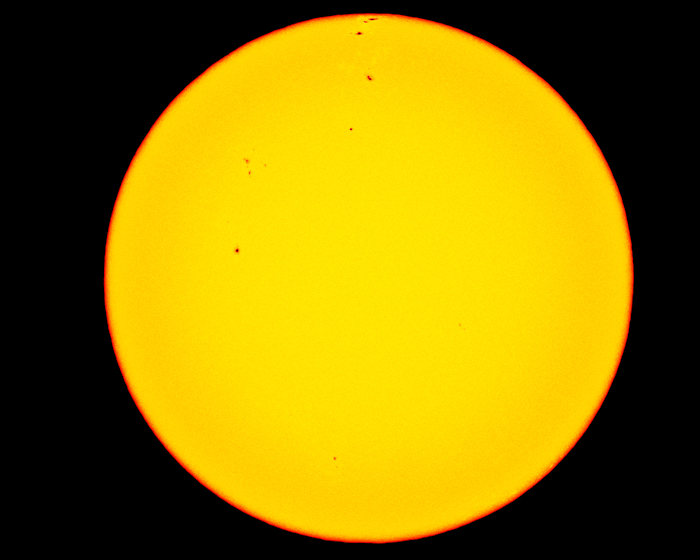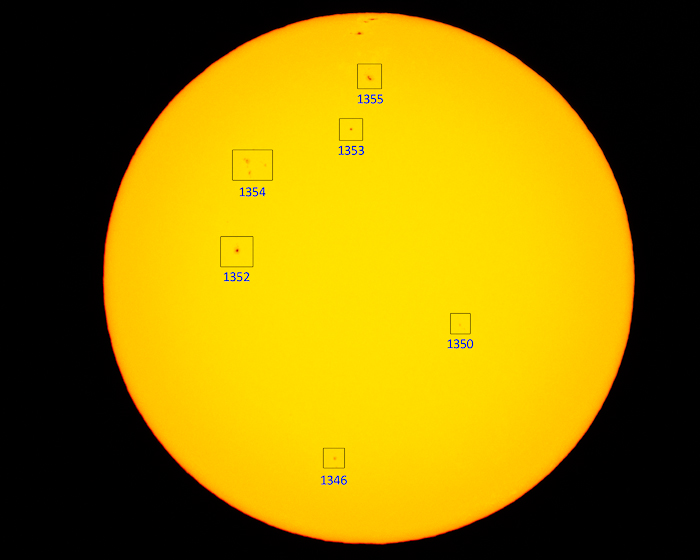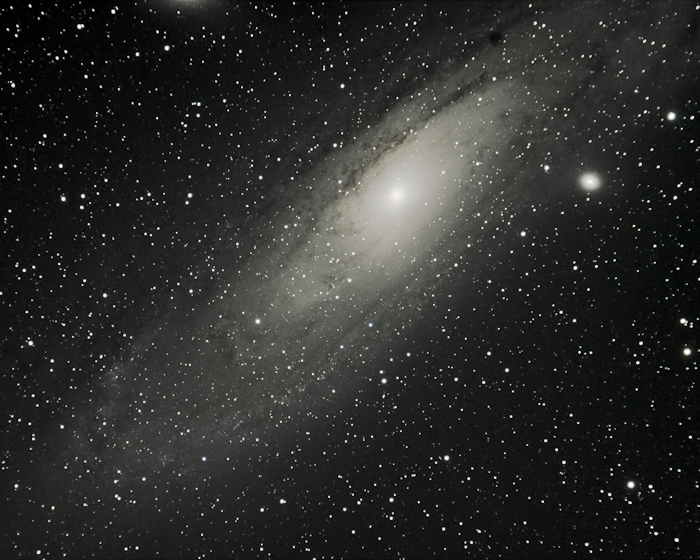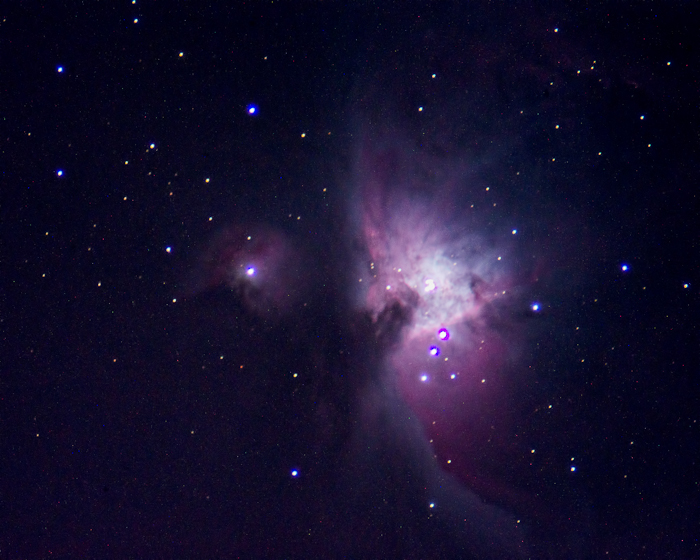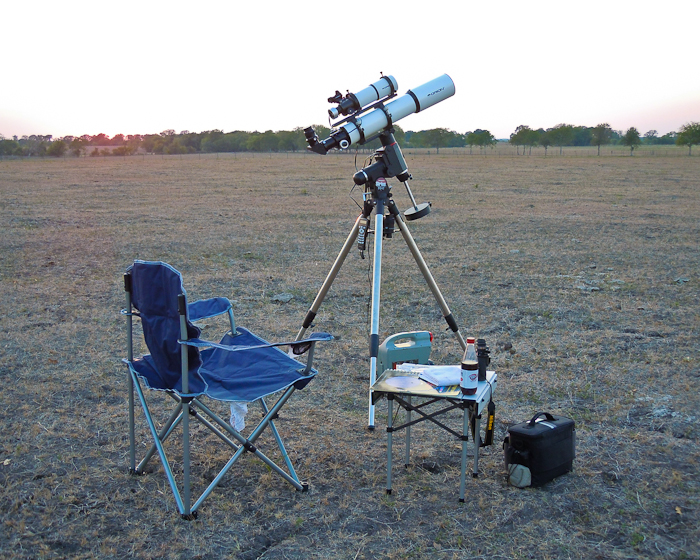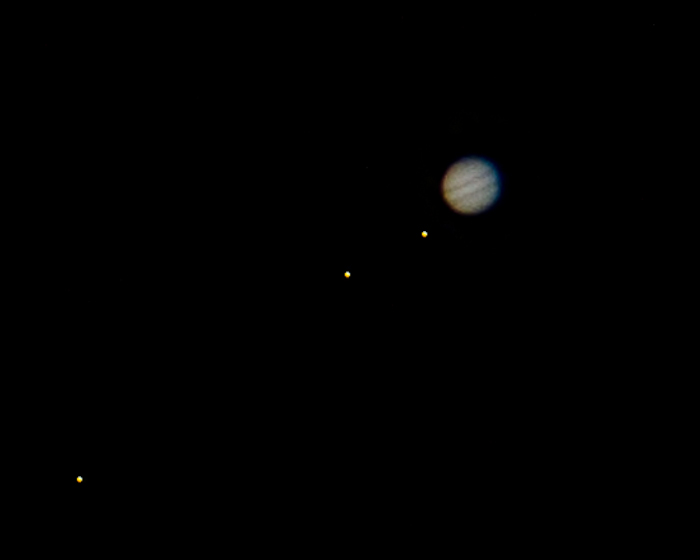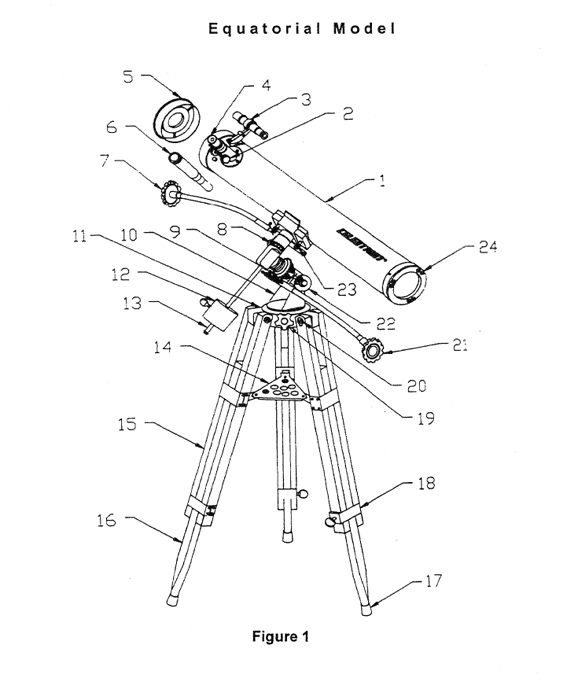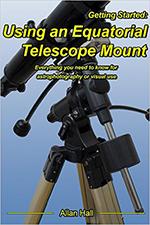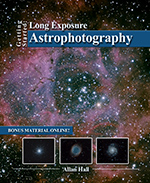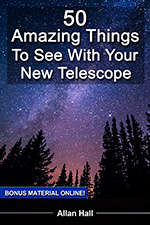Back on September 21st of last year my first ever DSO (Deep Space Object) was Messier 31 (M31 for short), the Andromeda Galaxy. This is a common target along with the Orion Nebula for newcomers to astrophotography because it can be captured relatively well without spending all night and locating the Andromeda Galaxy is fairly easy. I thought it was about time I revisited that target and see what kind of improvement I could muster up after four months of work. Here is the image I captured on January 13th of this year:
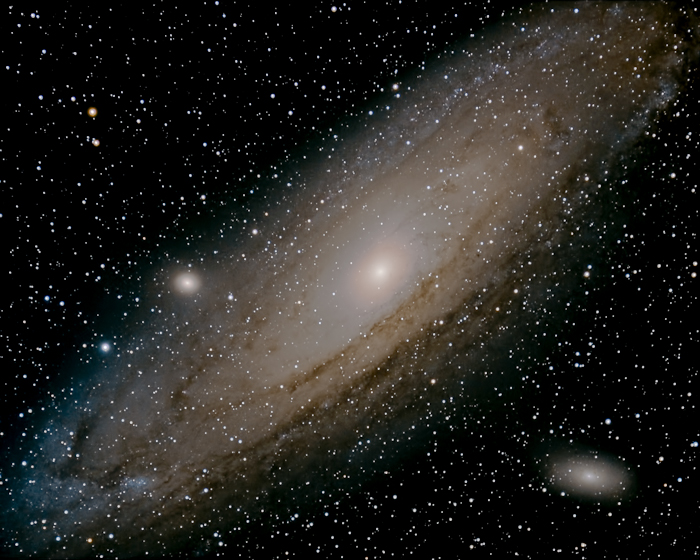

Much better! I still have issues to work out but the amount of data, quality of the image and colors are far superior to my previous attempt. The blue on the lower left is particularlly pleasing as I have seen that in images of the M31 Galaxy and wondered why I can’t seem to capture it. I attribute the improvement to things like more light frames taken, more dark frames taken, much better focus, using a field flattener, better skyglow filter and of course, better technique.
With the exception of the field flattener and new skyglow filter all the equipment was the same, as was the software used. The new image was 20 lights of 300 seconds each at ISO800. I stacked those lights with 10 darks for the final image. It is taking me a while to get the correct length of exposure and ISO to minimize noise while making sure I have enough signal to stack and stretch. I think I am going in the right direction.
My setup provides a little too much magnification to get everything in the frame which is a shame. Maybe if I ever switch to a full frame camera or CCD I can get the entire Andromeda Galaxy in the image. Even so, not too bad.
I hope you enjoyed my images of the Andromeda Galaxy!
Share this post!





